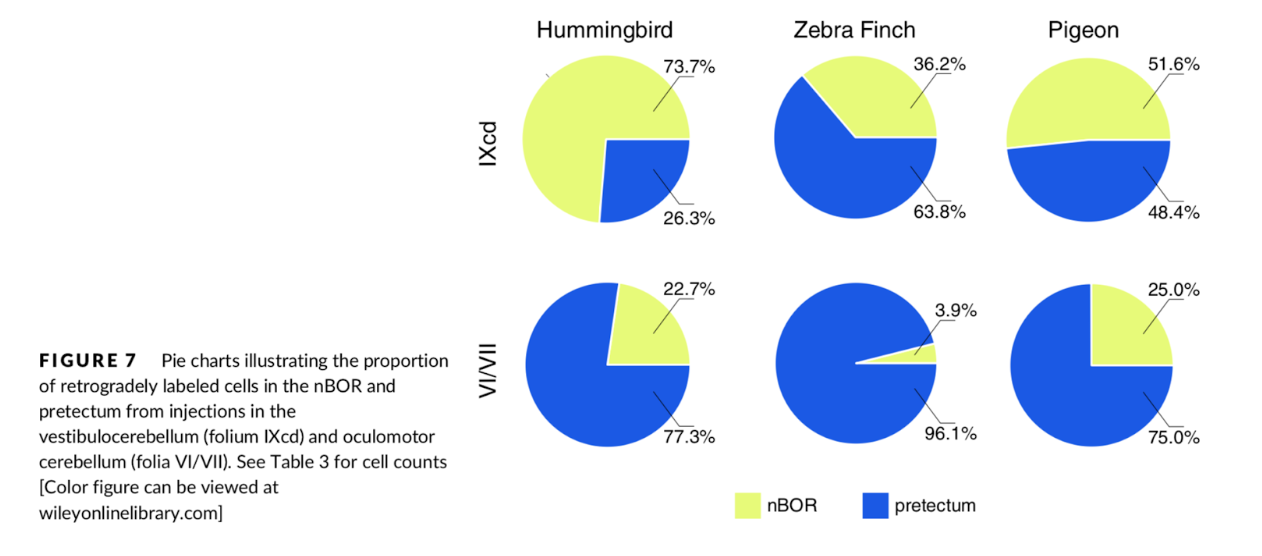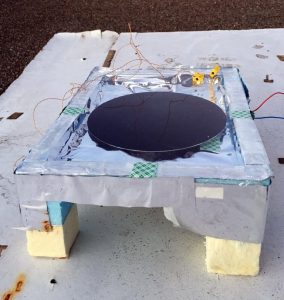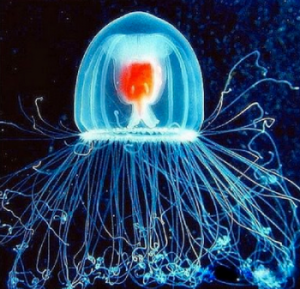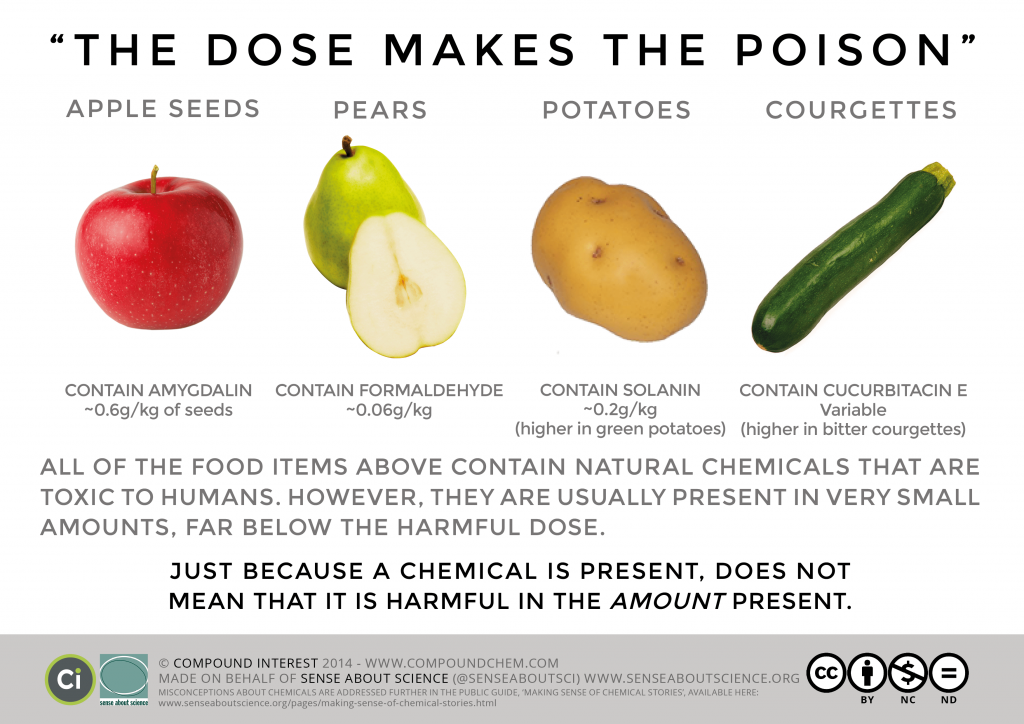One Person Can Make A Difference
Have you hesitated on doing something to help our environment because you think that you, as an individual, can’t contribute much? While you may not be alone in thinking that, there are many other individuals who are making their own efforts to change the world today. We hope to inspire you to be an active participant in the movement to make our planet a better place, because even one person can make a difference.
Get to know him…
Let us introduce you to Sterling Vanderzee, a current UBC PhD student, who had no idea that he was going to be an important figure in the war against environmental issues today. In fact, Vanderzee didn’t even plan on coming into this field and said “to be honest, it was a pretty impulsive move that I made in my bachelor’s”. During the interview he laughed and remarked that he didn’t even take geology in high school and his first class in geology was when he first registered in the program.
To hear more about his story about how he even got into environmental sciences and what he does, listen to the podcast below!
Contributions
At this point, you may be curious as to what Vanderzee did to help in trying to solve some global environmental challenges. His most recent study from 2019 in Central British Columbia targeted highly reactive magnesium in mine tailings to offset carbon dioxide gases and stabilize the mine tailings. To get a clear idea of what this all means, watch the video below:
As mentioned in the video, carbon sequestration is the process of removing CO2 from the atmosphere and turning it into a rock. The carbon sequestration technology that Vanderzee mentioned in the video is a very innovative way to remove the carbon dioxide from our atmosphere. It also acts to stabilize the toxic mine tailings that would otherwise just be sitting within dams. Without stabilization, they always pose a threat to the environment in the case where mine tailings somehow leak out and harm the nearby ecosystems (biological communities of interacting organisms and their physical environments).
Overall, Vanderzee’s research on carbon sequestration is ground-breaking because it helps remove a significant amount of the carbon dioxide pollution in our atmosphere and also acts to stabilize the toxic mine tailings so they don’t leach into our water systems or effect us negatively.
Messages for the Future
Don’t get us wrong, we’re not saying that you should be just like Vanderzee and other scientists inventing and improving methods to fight climate change and environmental problems. However, there are some things that you as an individual can do to help increase our Earth’s lifespan:
- Reduce unnecessary waste (food, plastics, garbage… etc.)
- Use sustainable methods of disposal (recycling, composting)
- Let your voice be heard
The last point is the most important one. With the growing concerns of global warming, air pollution and decreasing resources our Earth is facing many environmental challenges. It is crucial that we do not stay silent and passive about this issue and let our voices be heard; your voice needs to be heard. Currently, governments are starting to realize that environmental concerns may actually be a critical issue and we need to take this opportunity to support the climate movement.
So let’s stand alongside the many scientists, including Vanderzee, and activists fighting this war against environmental problems and play our part. One voice alone might be hard to notice, but united we can deliver a powerful message.
-Annica Eustaquio, Clara Kim, Jason Duong, Jocelyn Benji

















